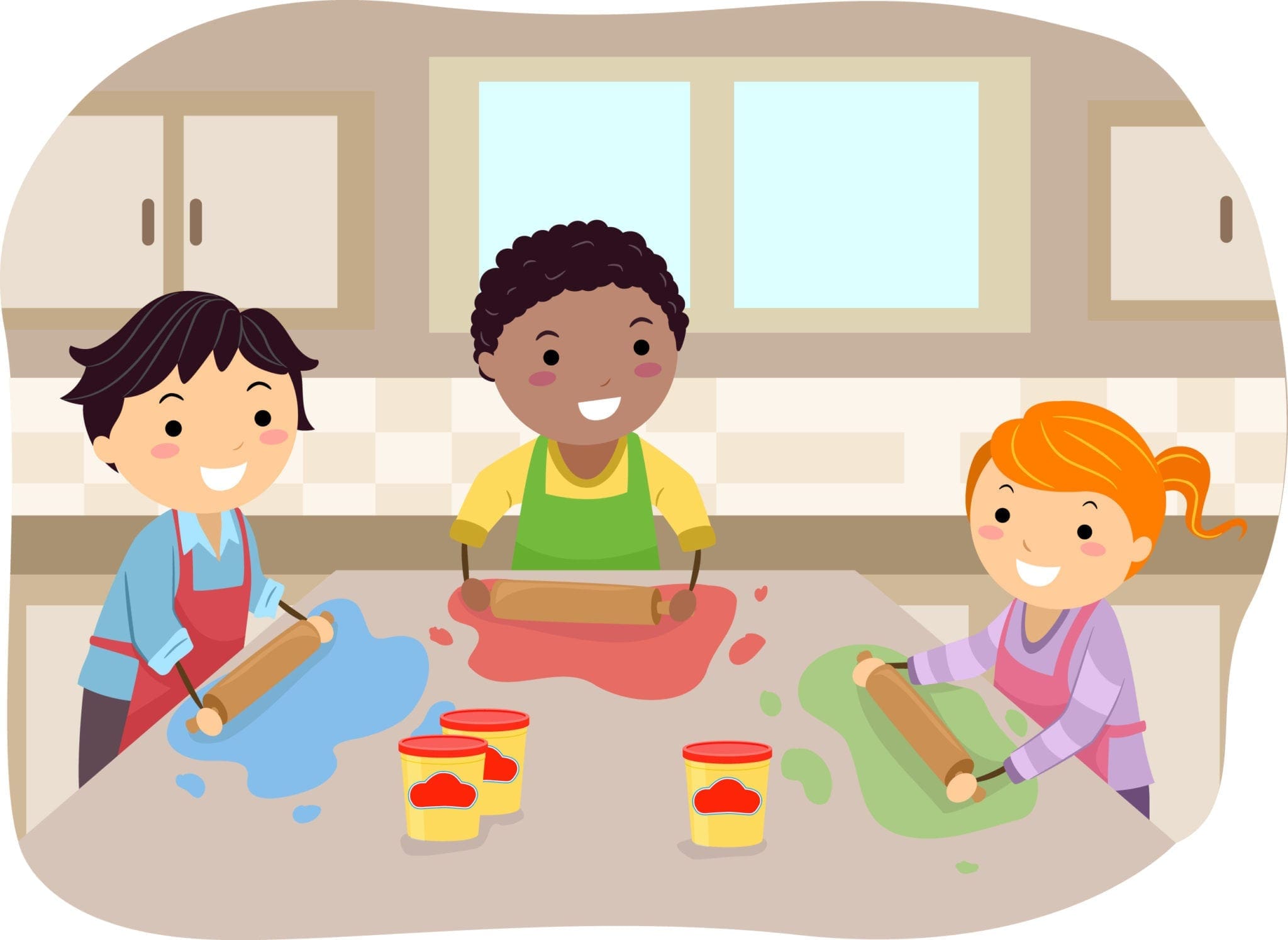Play influences a big portion of a child’s life and development. As children play, they develop critical cognitive, emotional, social, and physical skills. Playing with others helps children to develop social and relational skills with their peers and family. As a parent, you want to ensure you are encouraging children to engage in different types of play to promote childhood growth in a variety of skill areas.

Benefits of Play
Play is the primary occupation of children and it is also the primary medium for intervention that is utilized by pediatric occupational therapists when working with children. Engaging in play with children provides them with a variety of benefits, including:
- Promoting language
- Increasing social skills
- Enhancing self-regulation and coping skills
- Increasing success in school
- Promoting cognitive skills, such as memory
- Enhancing fine motor skills
- Improving visual motor skills
- Promoting gross motor skills, such as balance and hand-eye coordination
Various Types of Play to Engage in at Home
- Encourage Sensory Rich Play
Sensory rich play is critical to helping children develop their senses. As a child develops, they use their various senses to help make sense of the world around them. Sensory play is utilizing materials in play that will stimulate their sense of smell, touch, sound, vision, and movement. It is critical to engage your child in sensory rich play to help your child’s sensory systems to grow and adapt.
- To stimulate the tactile system, encourage your child to play with a variety of different textures including: rice, dry beans, water beads, sand, shaving cream, finger painting, etc. It is important to note that tactile input can be alerting or aversive for your child. If the child is uncomfortable playing with a certain texture, do not force your child to engage with it, simply choose another texture or try having them play with toys within that texture (i.e. driving cars through shaving cream to have a “car wash”).
- To stimulate the visual system, encourage your child to play with toys that are bright in color, have flashing lights, or toys that move. You can also fill a water bottle with glitter, food coloring, and various bright colored objects to make a sensory bottle.
- To stimulate the auditory system, encourage your child to play with musical instruments and toys that make noise. Keep in mind that some children find auditory input to be distracting or can become afraid of loud noises.
- To stimulate the vestibular system, encourage your child to jump on a trampoline, swing in various directions, play with a therapy ball, play balance games, make an obstacle course, or play at the playground. Keep in mind that vestibular input can become overwhelming for a child. Signs and symptoms that your child is overstimulated include: nausea, vomiting, high heart rate, or feeling sick. If any of these occur, stop the activity immediately and provide your child with calming input. Examples of calming input include: Bear hugs, pillow squishes, bear walks, or wheelbarrow walks.
- To stimulate the proprioceptive system, encourage your child to engage in animal walks, wheelbarrow walks, cushion squishes, cushion/couch crashes, or wear a body sock. Proprioceptive input promotes body awareness and can also provide calming input to the body which can aid in regulation.
- Encourage Manipulative Play
Manipulative play helps children learn how to utilize their hands by promoting visual motor skills, fine motor skills, and bilateral coordination. Some examples of manipulative play include:
- Encourage play utilizing blocks to build towers or various structures, such as a pyramid, a wall, or a bridge.
- There are a variety of manipulatives that can be used when playing with Play-Doh, such as a rolling pin and cookie cutters.
- Encourage your child to play with toys that require the use of both hands, such as Legos, snap beads, pop cubes, and magna tiles.
- Promote Imaginative/Pretend Play
- Engage in pretend play with puppets, dolls, and stuffed animals to promote social skills and problem-solving.
- Encourage your child to engage in role play, such as being a teacher, a cook, or a firefighter. This is a great way to promote a child’s social skills and creativity.
- Examples of toys that can be used to encourage pretend play include, pretend food, pots/pans, clothes for dress-up, cars/trucks, doctor kit, etc.
- Encourage Play with Others
It is important for your child to play with others to foster social skills. When engaging in play with others it is important to promote skills such as sharing, turn taking, following rules, listening actively, and participating in conversations.
- To promote turn taking and sharing, you can use phrases such as “your turn” and “my turn” to help your child understand if they are having a difficult time taking turns. You can also include a countdown, such as “my turn in 3, 2, 1.”
- To promote following rules, utilize board games or have your child participate in a sport.
- To promote peer interaction, encourage your child to greet others upon arrival and to say goodbye when it is time to leave. Encourage your child to engage in reciprocal conversation with others, through responding with a relevant statement or question when engaging with others.
Encouraging your child to play with a variety of toys and games in a multitude of ways helps to foster critical developmental skills. Remember to choose toys based on the age of your child or their maturity level. Contact Chicago Occupational Therapy or call (773) 980-0300 to learn more about our services and how we can help your child flourish and grow.




